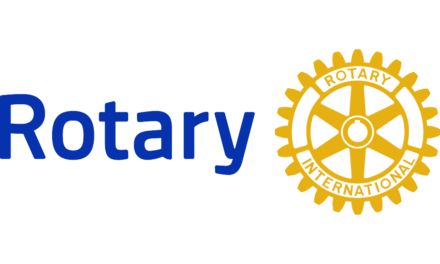
Editor’s note: The following is an adapted press release from the United States Environmental Protection Agency.
The U.S. Environmental Protection Agency has announced the deletion of Bloomington’s Bennett Stone Quarry, Lemon Lane Landfill, and Neal’s Landfill sites from Superfund’s National Priorities List (NPL). The EPA has determined that cleanups at the three sites are complete and no further action is required other than continued operation and maintenance, monitoring, and five-year reviews.
“Removing these three Superfund sites from the National Priorities List is a big win for all those who live and work in Bloomington,” says acting EPA Region 5 Administrator Cheryl Newton. “It also clearly demonstrates EPA’s commitment to cleaning up contaminated sites to protect public health and the environment.”
“The removal of these sites from the Superfund list is the result of years of collaborative cleanup work between local, state, and federal officials,” says Bruno Pigott, commissioner of the Indiana Department of Environmental Management. “This is an important milestone that allows for future planning and development, which will benefit the people of Bloomington and Hoosiers across Indiana.”
“The work of addressing this shadow side of Bloomington’s industrial past has spanned at least five mayoral administrations,” says Mayor John Hamilton. “We’re glad that the EPA’s long-term remediation of these three Superfund sites has reached this important milestone and will look forward to partnering with them on continued monitoring and reviews.”
A limestone quarry pit at the former Bennett Stone Quarry was used to dispose of demolition debris, household wastes, and electrical parts. Electrical capacitors containing polychlorinated biphenyls (PCBs) were also dumped at the site during the 1960s and 1970, contaminating the soil and groundwater. The EPA added the site to the NPL in 1984 and implemented interim remedies until 1999 when the agency’s long-term cleanup began. More than 36,000 tons of PCB-contaminated soil were excavated and disposed off-site in a permitted landfill. A drain to control groundwater and a water treatment plant were also installed and are currently operating and meeting all water discharge requirements set by the state.
Before it closed, Lemon Lane Landfill was used to dispose of PCBs. The EPA added the site to the NPL in1983 and carried out interim remedies until the cleanup began in 2000. More than 80,000 tons of PCB-contaminated soil were excavated and disposed of off-site in a permitted landfill. A landfill cap was placed over the 9-acre landfill. The cleanup also involved building a plant to treat 6,000 gallons per minute of PCB-contaminated spring water. As of March 2021, approximately 2.4 billion gallons of spring water had been treated. The water treatment plant is currently operating and meeting all the water discharge requirements set by the state.
Neal’s Landfill accepted industrial and municipal wastes from 1949 until 1972. From 1962 until 1970, Viacom/CBS dumped electrical equipment and parts there including electrical capacitors containing PCBs, PCB-contaminated insulation, rags, and filter clay at the site. Several springs, creeks, and a tributary were contaminated with PCBs. EPA listed the site to the NPL in 1983 and carried out interim remedies until the cleanup began in 1999. More than 40,000 tons of PCB-contaminated soils were excavated and disposed of off-site in a permitted landfill. A landfill cap was placed over the 10-acre landfill. A spring-water treatment plant is operating and meeting all the water discharge requirements set by the state.
Under government supervision, the responsible party, Viacom/CBS, must continue to operate and maintain water treatment plants at the three sites. Federal Superfund law requires reviews every five years following these cleanups to ensure the remedies continue to protect human health and the environment. A proposed or final deletion does not prevent future actions under the Superfund law.
The NPL tracks the nation’s most contaminated sites that threaten human health or the environment. Sites on the list are eligible for cleanup under the Superfund program and once all the remedies are successfully implemented, the EPA removes sites or parts of sites from the list.
The EPA proposed the properties for deletion on May 14, 2021, and received two comments supporting the proposal during the 30-day public comment period.










